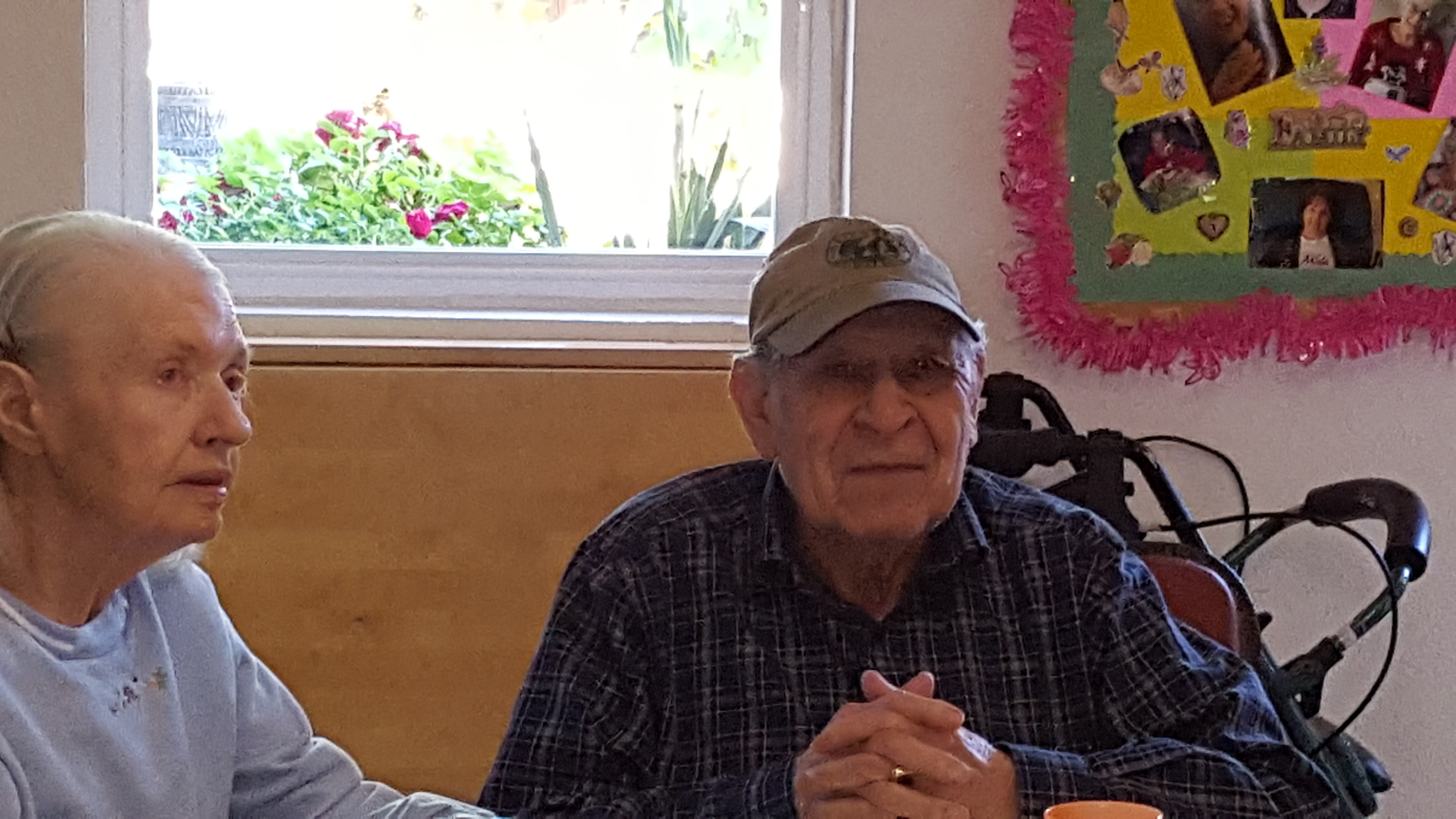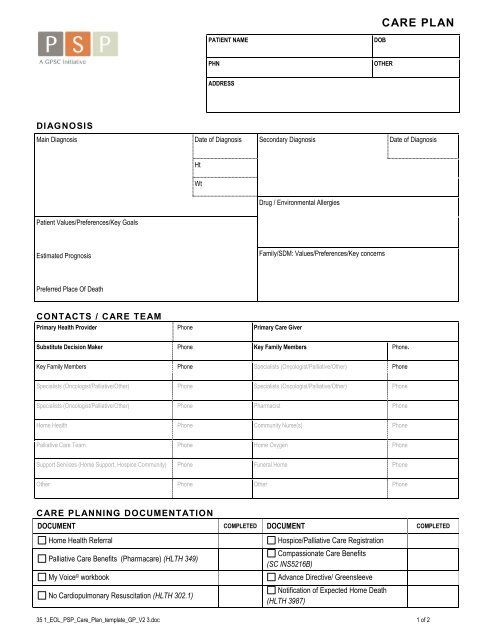Table of Content
Home health also has a team of health professionals whose goal is to work with the patient towards improving health and wellbeing. Home health is for people who have had a decline in functioning due to a medical condition or an accident . Hospice is for people who no longer want to actively seek treatment for the condition that qualifies them for hospice.

Therefore, it is not a requirement for a patient to be home-bound in order to be eligible for hospice. Because one of hospice care’s main focuses is comfort, hospice workers can provide up to 24 hours per day of skilled care, whereas home health care providers are not able to do so. While hospice patients have zero out-of-pocket expenses related to their terminal diagnosis, home health care patients may be required to pay for medications, supplies and equipment. Home health care services do not cover inpatient stays if symptoms escalate and become unmanageable at home.
Insurance Coverage
The hospice social worker completes a psychosocial assessment when the patient starts hospice. The social worker also assists the family with funeral planning and bereavement counseling. When you’re comparing home health care vs. hospice care, you should know that both are part of a continuum of care. People receiving home health care might transition to hospice if their condition worsens. Patients receiving hospice may transition to home health if their condition improves enough that they are no longer eligible for hospice.
A layered onion of multifaceted traits, her personal interests include book reading, hiking, roller skating, camping and creative writing. Established in 2016, 1st Care provides home health and hospice in the Indianapolis area and surrounding counties across Central Indiana. Winston & Strawn LLP acted as legal counsel to The Care Team, which provides home health and hospice in Michigan, Massachusetts, Pennsylvania, Texas and now Indiana. These programs allow hospices to create new revenue streams, more quickly identify patients who become hospice eligible and participate in emerging payment models. They also have the potential to improve patient transitions between settings and shrink gaps in the continuum where patients have fallen through the cracks.
Can You Have Hospice And Home Health?
Our mission is to be an inspirational leader and mentor for those we work with. This in turn will benefit the patients and families we care for and serve the community we live in. One misconception about hospice is that the patient no longer has requests available to them. In reality, the hospice patient is still the ultimate decision maker on any matters. Using a hospice service allows the patient and family members to have their voices heard and stay in command of treatments and care options. Occupational Therapy—An occupational therapist’s goal is to help their patients maintain meaningful activities that are important to their lives.

On the other side, the hospice philosophy is to improve the quality of life of a patient who is terminally ill. The care provided is meant to manage the terminal illness symptoms and mitigate the pain the illness may be causing the patient. Hospice patients have been given a prognosis of 6 months or less to live, thus transitioning their method of treatment from a curative approach to a comfort approach. While this might sound scary at first, hospice is truly a gift and everyone should have the opportunity to experience it fully. Often, people are in denial about the seriousness of the condition and get on hospice too late to truly benefit from the experience. Once a patient learns they are terminally ill, ideally they will be admitted as soon as possible to a hospice agency so the patient can maximize the rest of the time they have left.
Health
In home health, an occupational therapist is to assist with functioning in specifically bathing and grooming. Occupational therapy may involve instructions or assistance on how to safely perform certain activities. Families are often reluctant to choose hospice because they don’t want to give up hope. But once you have tried home health and explored all of the treatment options, hospice can be a huge relief and support. Your loved one deserves and has the right to make decisions about their care—support them by using hospice and home health when appropriate.
Of course, one impetus is a desire to capitalize on the rising demand for home-based services. All things considered, each of these trends toward integration has a straightforward business case underlying it. Government oversight of hospice providers will tighten during 2023. With fair and effective implementation, this can be a good thing — despite the potential for additional burdens on providers.
The agency will also implement a hospice program complaint hotline through which the public can report issues to CMS. California has since cracked down on these providers, with several new laws, a licensing moratorium, and a spate of litigation, investigations and arrests. Assisted living facilities are dwellings for individuals who require daily care but not a strict level of supervision.

Each type of care has a team to suit the patient's needs and diagnosis. Hospice care is comfort care for patients with a prognosis of six months or less if their disease runs its natural course, as certified by a physician. The industrial action by up to 100,000 nurses is unprecedented in the British nursing union's 106-year history, but it says it has no choice as workers struggle to make ends meet with inflation running at more than 10%. The government has offered nurses around 4% and declined to discuss pay further, with Prime Minister Rishi Sunak saying the nurses' demand for a pay rise of 5% plus inflation would equate to a 19% hike and is unaffordable. Britain is facing a wave of industrial action this winter, with ambulance workers also due to strike on Wednesday, as the government prepares to use the military to step in and drive ambulances. Support The Hillcrest Foundation for Enhancing Lives, a 5013 dedicated to improving the quality of life for older adults and their caregivers.
That being said, there are very significant differences between home health and hospice. While nearly all hospice patients have zero out-of-pocket expenses related to their terminal diagnosis, home health care patients may be required to pay for medications, supplies, and equipment. Home health services do not cover inpatient stays if symptoms escalate and become unmanageable at home. Family caregivers of home health patients receive training and education, but don’t have access to the additional layers of psychosocial support enjoyed by hospice caregivers. Often, potential hospice patients have been dealing with large amounts of physical and emotional pain all on their own. Then, when these patients are put on hospice care, they are given a plethora of services designed to mitigate their pain.
One closing consideration is that CMMI will continue to churn out model demonstrations — with great care coordination as a key objective. If a model becomes one of the chosen few that becomes a permanent fixture in Medicare, that too won’t happen overnight. But in the interim individual providers are seeking more opportunities for collaboration and working across settings. Certainly, compensation is not the only strategy that hospices have implemented, but it likely represents one of the most significant draws amid rising inflation. In development for subsequent years is a Special Focus Program with a range of enforcement powers up to and including civil monetary penalties and revocation of Medicare certification, among others. CMS initially proposed the SFP for 2023, but later decided to convene a Technical Expert Panel to inform the program’s design.
We provide a massage therapist to come into your home and provide services. Aspire considers this service essential in the hospice healing process. Both hospice and home health require a physician’s order for your insurance to pay for the service.
A care team consisting of a nurse, social worker, certified nursing assistant, chaplain and grief counselor is assigned to your family. With guidance from the hospice team, a plan of care is created based on the end of life wishes and goals of the patient and family. The goal is to TREAT an illness or injury, helping the patient get better, regain their independence, and become as self-sufficient as possible, says Medicare. Home health care can be just for the short term until the patient feels they no longer need help; or, it can extend into the long-term especially where chronic conditions are concerned.
Hospice vs. Home Health and Care For Your Loved One
Palliative care can be provided at the same time as curative treatments; it isn’t just for people with advanced-stage illnesses such as metastatic cancer or congestive heart failure . The patient’s doctor will build a care plan and assign team members as they see fit. Home health teams can look similar to hospice teams, usually consisting of nurses, therapists, social workers and counselors.

Perhaps the biggest difference between home health and hospice is the underlying philosophy behind the programs. For example, the underlying philosophy of home health is that of curative services. Home health provides services that are designed to rehabilitate the patient to their highest ability to care for themselves. Patients are taught how to understand their current medical condition and be as independent as they can be in their own home. Physical therapists implement strengthening exercises or how to transfer to help prevent further injury from falls. Occupational therapists educate how to adapt in groom and bathing for independence.

No comments:
Post a Comment